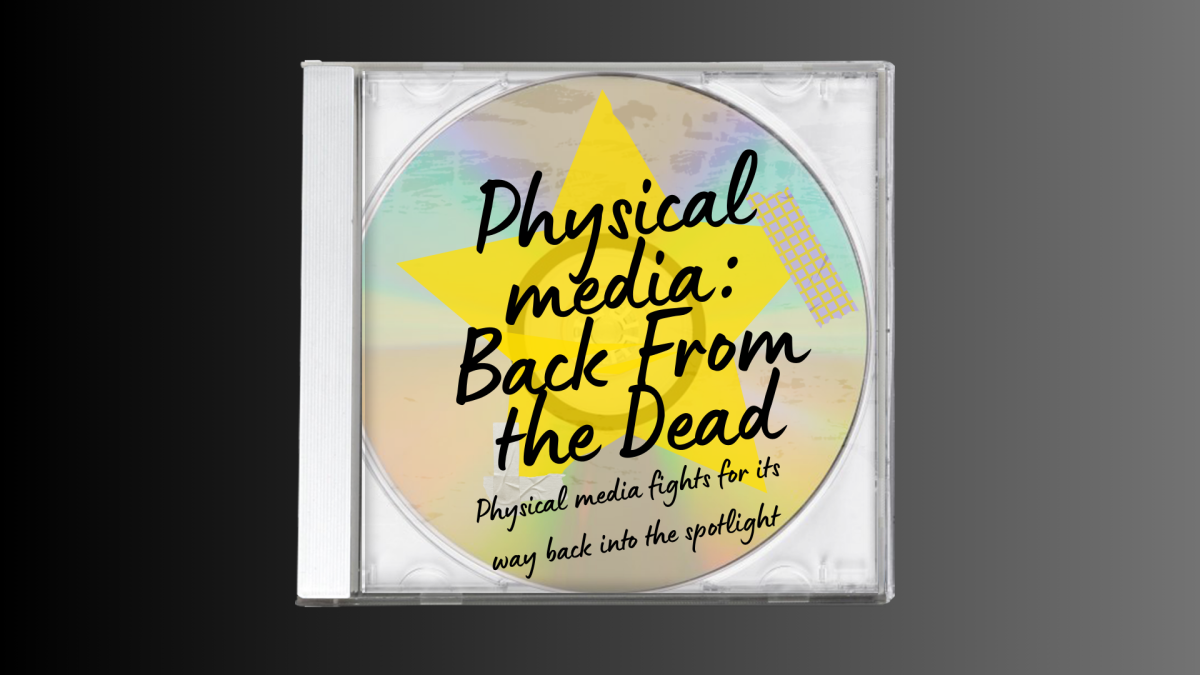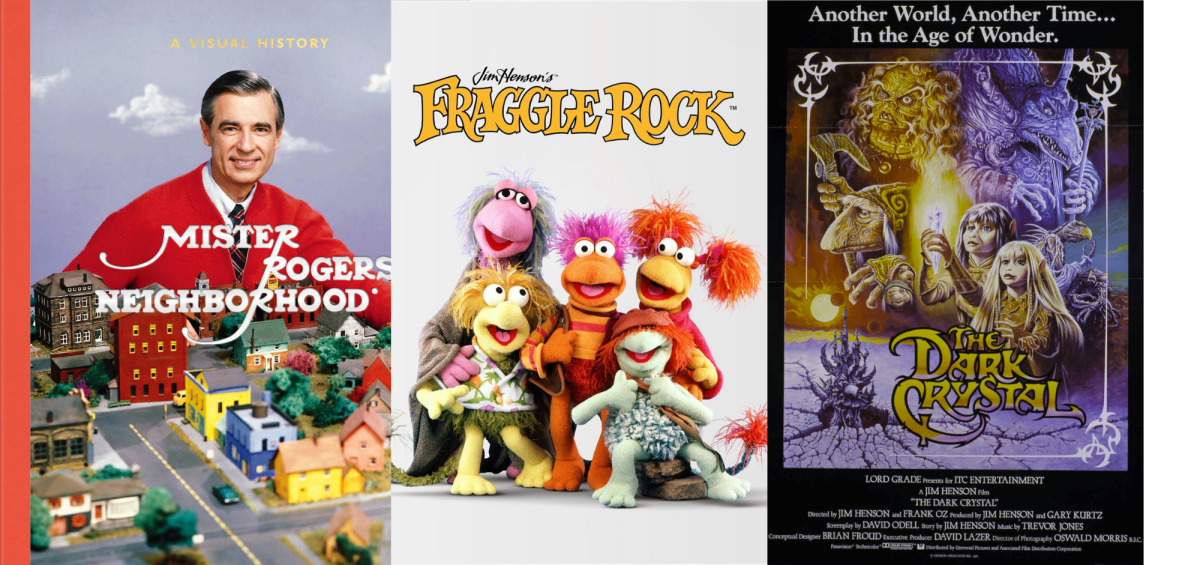I’ve always enjoyed cooking and cooking shows. I have distinct memories of being sick and lying on the couch watching Food Network personalities prepare elaborate, themed meals. My Food Network viewing list included: Chopped (which I loved), The Next Food Network Star (which I wanted to compete on), Good Eats (still incredible), Cupcake Wars (perfection), and virtually anything with Guy Fieri (more inevitable than intentional).
Slowly, my tastes evolved outside of Food Network. I watched DC Cupcakes (zany, ridiculous fun), Masterchef (another dream), The Great British Baking Show (pleasantly low-stakes), and the occasional Anthony Bourdain: Parts Unknown (too intellectual for a middle schooler).
I like to think I accumulated cooking knowledge by living vicariously through the chefs.
However, despite my expansive viewing habits, reality cooking competition Top Chef did not pop-up on my radar until recently.
Top Chef is not unique in format. Each season, 16 professional chefs are brought together to compete in episodic challenges hosted by Padma Lakshmi Each episode, someone is declared the winner, and another contestant is sent home. To add drama, near the end of each season, one eliminated chef returns for another try at the title of ‘Top Chef.’

What sets Top Chef apart from others in the genre is its dedication to food history and innovation. Each season sees the contestants travel to new locations, exploring facets of that area’s food culture and food history. Further, many of the challenges are centered around the culture of the cities. While in Boston, cooks serve food at Fenway Park and travel to Plymouth. In California, chefs cater a mass LGBTQ+ wedding and pay homage to the many food identities within the state.
More than any other competitive cooking show, Top Chef seems to recognize the inherent politics of food.
Food may be unifying in its emotions — everyone has a dish that brings them home or a smell that reminds them of good food — but it isn’t universal in its accessibility.
Food is subject to the same prejudices that society is: what food do people have access to? What food are people familiar or unfamiliar with? How do we treat these ingredients?
Ultimately, on TV, some ingredients or dishes are given more respect than others. Contestants and judges alike turn up their noses at food they are unfamiliar with, or food that simply sounds non-appealing.
Especially in the world of fine-dining, it’s important to remember that what is considered ‘good food’ is entirely determined by the wealthy, and the wealthy can afford the prime cuts or freshest selections — the nicest that food has to offer.
Top Chef isn’t entirely free of these issues, the competitors still obviously prefer certain components to others, but there’s less culinary snobbery.
No one’s food is pre-emptively judged for the ingredients it utilizes, and the on-screen personalities are more willing to admit their preferences are due to personal taste rather than objective quality.
Even when the show misses or fumbles, there’s still a sense that Top Chef is about celebrating culinary innovation more than it’s about judging plates of food. It’s less about the drama of the competition than it is a monument to the adaptability of chefs, people, and communities.
9/10 would stare at the pantry again
Further breakdown:
Writing Quality: 8/10 Enjoyability: 10/10
Pace: 8/10 Visual elements: 9/10
Plot development: 9/10 Insightfulness: 7/10
Characters: NA







